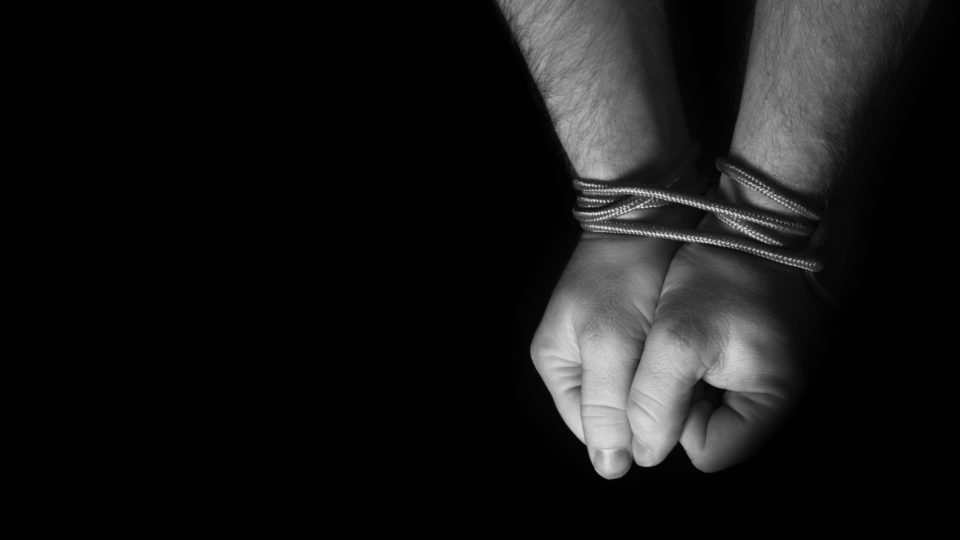The corpses of three teenagers found lying along a roadside in Yangon’s northernmost neighborhood bear all the hallmarks of a potential human-trafficking case, according to a police officer in Htaukkyant township.
Yangon law enforcement took the gruesome discovery public last night in a post on their official Facebook page, prompting a swift online backlash over the ethics of their decision to share pictures of corpses on the social media platform (Warning: graphic images of death, a FB sensitive-content filter is employed).
The two boys and one girl, estimated to be between 15 and 17 years of age, were found on the side of Hlawga road in Mingalardon Township (Htaukkyant is a sub-district) near the Hlawga Mountain gate by police at about 8:30pm.
The girl was found lying face up and the two boys were found face down, with no signs of struggle or injuries. The three bodies were sent to Insein General Hospital for autopsies that concluded that the cause of death was suffocation. None of the three had food in their stomachs.
In a bizarre twist, they also found three plastic bags filled with food near their corpses.
“We suspect it’s a case of human trafficking. The bodies were likely thrown on the side of the road after they died somewhere else,” a police officer who spoke on condition of anonymity told Coconuts Yangon by telephone.
“We are currently investigating the case and are requesting any information from the public about the identities of the deceased and any information relating to the case.”
Netizens decried the decision to share the faces of the deceased, calling the decision unethical, incompetent, and disrespectful.
“Please have some ethics. How will your family feel when they see your dead body on Facebook without censoring the face. You work for the people so respect the people,” a user wrote.
“Shame on you,” another user wrote.
The debate over the posting of graphic images of death and violence on Facebook dates has sparked an ongoing debate that spans several years.
In 2013, Facebook reinstated a clip of a women being beheaded in what many believed was Mexico after the platform temporarily removed the clip after complaints that the video could “cause long-term psychological damage.”
In 2015, the case of Facebook refusing to remove images of a Jordanian pilot who was burned alive in a cage proved to be particularly contentious, with the social media company ruling that images of violent acts should be allowed to remain “so that members of the social network can discuss the issues and have the opportunity to condemn the actions in question.”
Read more stories from around Yangon at Coconuts.co/Yangon.




